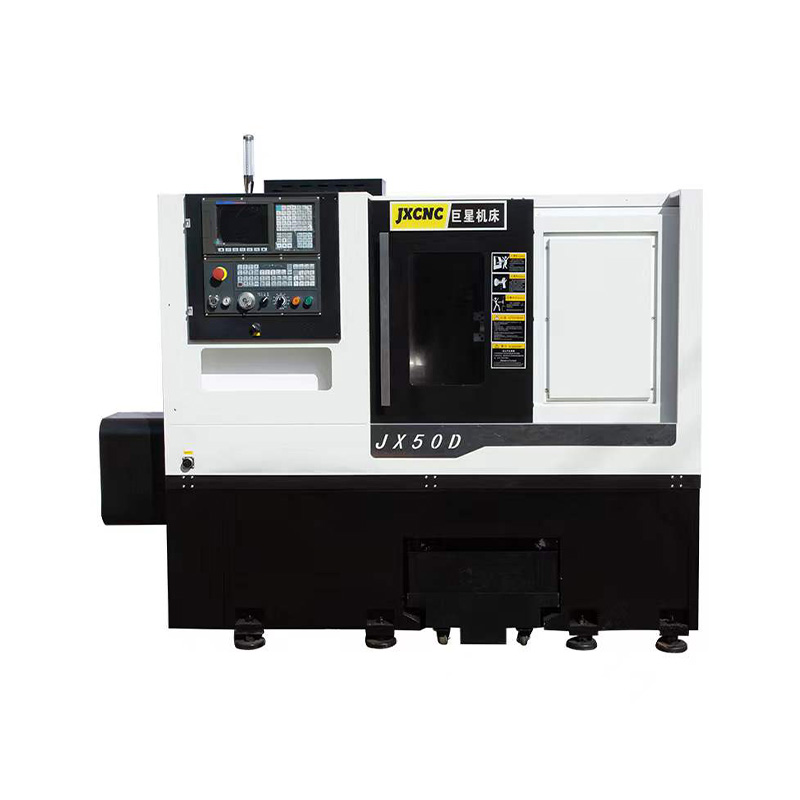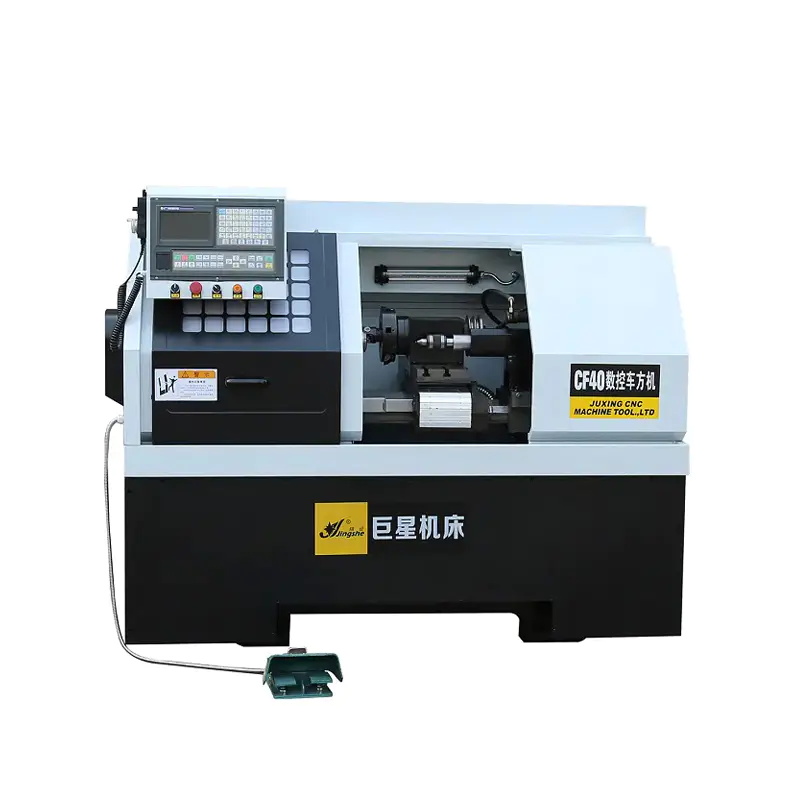CF32 Hydraulic Clamping CNC Polygon Turning Machine
Cat:Small Polygon Lathe
CF32 hydraulic clamping CNC polygon lathe is designed for milling small and medium-sized high-precision parts, which can mill square, octagonal, hexag...
See DetailsIn the realm of modern manufacturing, CNC (Computer Numerical Control) technology has revolutionized the precision and efficiency of various machining processes. Two essential tools in this domain are the CNC turning lathe and the CNC fly cutter machine. Each of these machines offers unique advantages and characteristics that cater to specific manufacturing needs.
Advantages of CNC Turning Lathes
CNC turning lathes are indispensable in manufacturing, known for their ability to create complex, high-precision components. Here are some key advantages:
High Precision and Accuracy: CNC turning lathes are designed to execute highly precise cuts and measurements. By using computerized controls, these machines can achieve tight tolerances and consistent results, which is crucial for producing parts that must fit within assembly systems.
Increased Efficiency: Automation is a major benefit of CNC turning lathes. Once a design is programmed into the machine, it can perform repetitive tasks with minimal human intervention. This bring about faster production times and reduced labor costs, enhancing overall operational efficiency.
Versatility: CNC turning lathes can handle a wide variety of materials, including metals, plastics, and composites. They are capable of performing various operations such as turning, boring, and threading, making them adaptable to different manufacturing needs.
Reduced Waste: Precision in CNC turning lathes reduce material wastage. Accurate cutting and shaping reduce the need for excess material, bring about cost savings and more sustainable production practices.
Complex Shapes and Features: CNC turning lathes are capable of producing intricate and complex shapes that would be challenging or impossible to achieve with manual lathes. This includes detailed patterns, threads, and contours.
CNC turning lathes offer a combination of precision, efficiency, versatility, and cost-effectiveness that makes them a valuable asset in modern manufacturing processes.
Characteristics of CNC Fly Cutter Machines
CNC fly cutter machines are designed for specific applications in machining and milling. Here’s an overview of their characteristics:
Surface Finishing Capabilities: CNC fly cutters are renowned for their ability to achieve high-quality surface finishes. The machine’s design allows for smooth, even cuts across large surfaces, making it ideal for finishing tasks where a fine surface texture is required.
Adjustable Cutting Path: One of the distinguishing features of CNC fly cutters is their adjustable cutting path. The machine allows operators to alter the cutting radius and depth, providing flexibility to work on different sizes and shapes of workpieces.
Large Work Area: Fly cutters often have a larger work area compared to traditional milling tools. This enables them to handle bigger parts or surfaces in a single pass, which can significantly reduce the number of passes required for a complete finish.
Versatility: While primarily used for surface finishing, CNC fly cutters can be equipped with various cutting tools to handle different materials and machining requirements. This adaptability makes them useful in diverse manufacturing environments.
Consistency and Precision: The CNC control system ensures that fly cutters operate with a high degree of precision and repeatability. This means that once a program is set up, the machine can consistently produce parts with uniform quality, reduce the risk of errors and variations.

